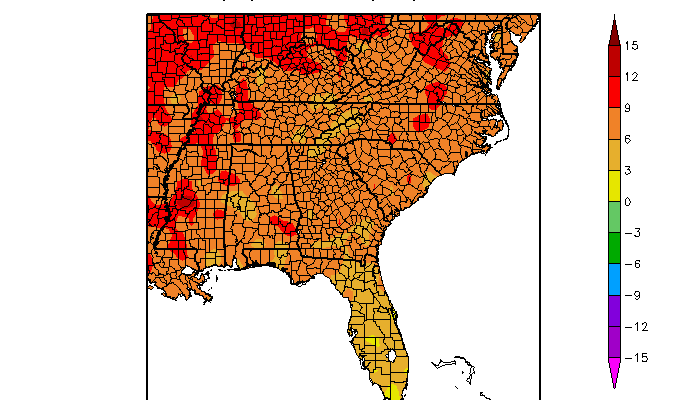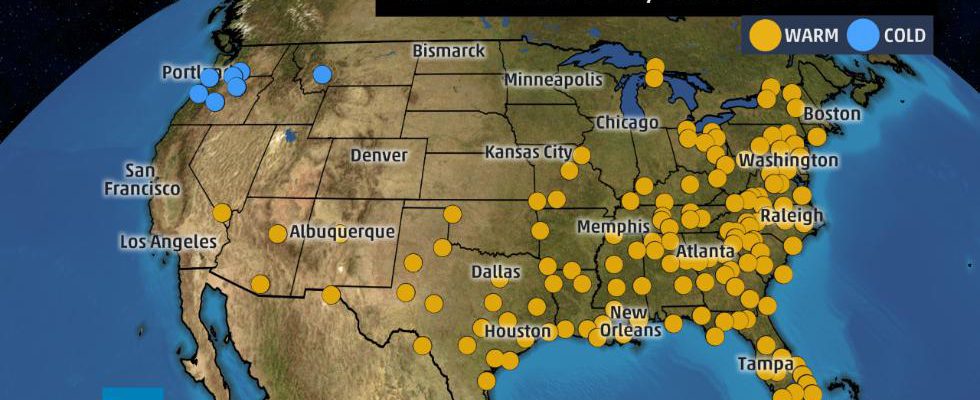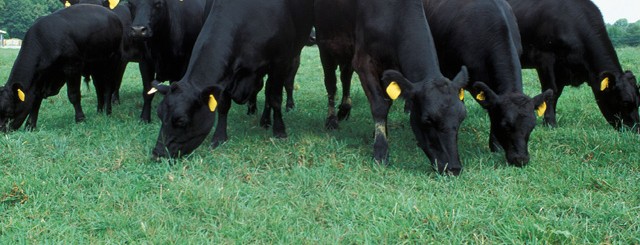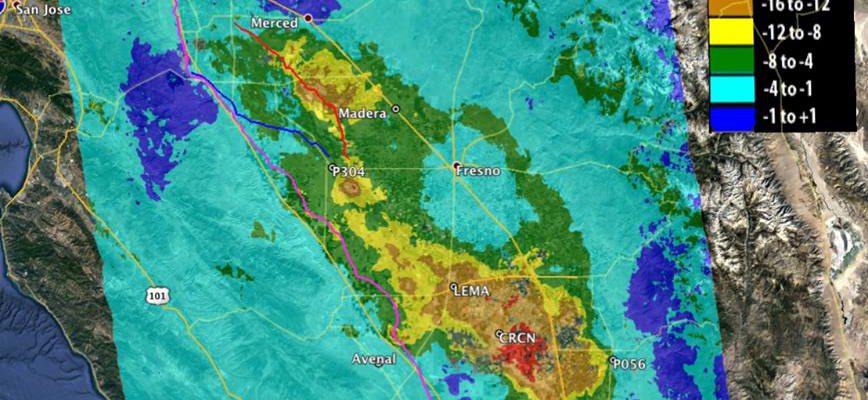-

Climate summary for February from the Southeast Regional Climate Center: Temperatures were well above average across the Southeast region, with numerous record-breaking extremes observed during February. Mean temperature departures ranged from 3 to as much as 10 degrees F (1.7 to 5.6 degrees C) above average across the region, with the greatest departures found in…
Posted in: Climate summaries -

Once again it is time for the CoCoRaHS “March Madness” competition between states to see who will sign up the most new CoCoRaHS observers. So far this year, after six days, Florida with 24 new observers is edging out North Carolina with 21. South Carolina has 11 and Georgia just three, while Alabama has yet…
-

One of the unexpected side effects of this warm winter has been its impact on beef prices. With such nice weather, more people are grilling outdoors, and that means sales of steak and hamburger are booming. This is great news for cattle producers, since the increased demand has kept prices fairly high. You can read…
-

Weather Underground‘s blog provided an interesting overview of the 2016-17 winter that ended last week. Their analysis showed that most of the eastern US experienced top-five warmest years, including quite a few in the Southeast, while a few stations in the Pacific Northwest felt top-five coldest conditions. California not surprisingly had one of its five…
-

Drovers’ Newsletter posted a short article this morning on resources related to drought planning that are available for cattle grazers. They include how to make a drought plan in advance of experiencing drought conditions and what to do once you are in a drought. You can read it here.
-

While we’ve seen an early spring here in the Southeast, you may be wondering what is happening in other parts of the world. The Guardian posted a story this week that indicates the signs of an early spring have reached as far north as the coast of Greenland, where a variety of sedge is blooming…
Posted in: Climate and Ag in the news -

From NASA’s web page: “Since the 1920s, excessive pumping of groundwater in California’s San Joaquin Valley has caused land in sections of the valley to sink by as much as 28 feet (8.5 meters), a problem exacerbated during droughts, when farmers rely heavily on groundwater to sustain one of the most productive agricultural regions in…